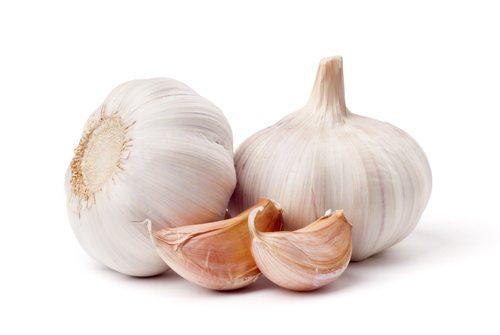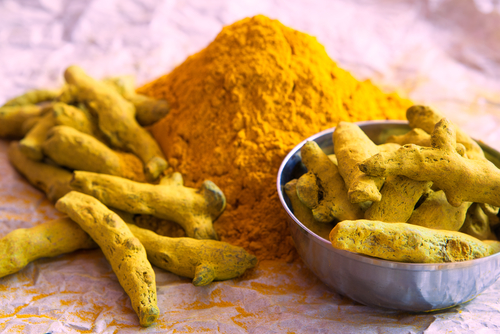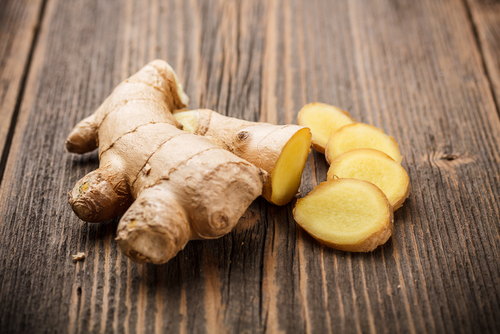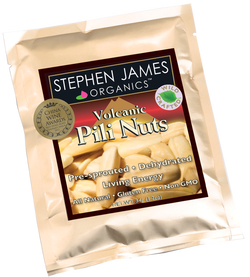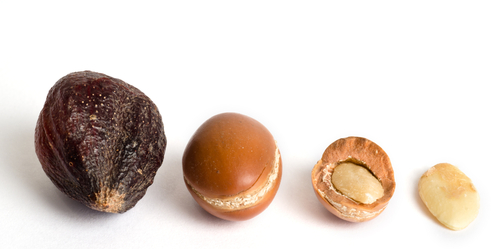|
|
Back to Blog
EVOLVE WELLNESS SEPTEMBER 2013 FEATURE8/31/2013 inflammation- the silent killer
testing for silent inflammationTo be sure, you may want to see your doctor and test for markers of Silent Inflammation, such as: 1) Silent Inflammation Profile (AA: EPA Ratio) If you ask your doctor about it, he or she may not know this yet. SIP measures the ratio of the pro-inflammatory eicosanoids versus the anti-inflammatory eicosanoids. SIP is the Arachidonic Acid (AA): EPA (EicosaPentaenoic Acid) ratio. This is done via a blood test, and done indirectly as eicosanoids (EPA) are fleeting hormones that last a few seconds making them challenging to measure. But, AA is the source of pro-inflammatory eicosanoids and can be measured. EPA is an anti-inflammatory omega-3 fatty acid and can be easily measured in the blood. The stats I found are for Americans, who typically have a ratio of 20:1 (very bad!). Ideal is 1.5:1 (< 3:1 is good). 2) Indirect Biomarkers Fasting insulin levels – an easy one to carry out by your doctor. I have had this don before. Ideally, you’ll want your fasting insulin levels to be below 5 uIU/ml. This is far lower than the 12 uIU/ml that is considered normal. Triglyceride (TG) to HDL ratio – your standard cholesterol test. Levels above 2:1 indicate you have some silent inflammation. The TG/HDL ratio coincides with insulin levels. Percent body fat and waist size – A weaker indicator of silent inflammation but easy to do. For BMI (Body Mass Index) for men, < 15% is good. For women, < 22% is good. Personally I always take BMI with a pinch of salt especially for those who are very muscular, as muscles add weight and weigh more than fat. Waist size measured at the level of your belly button or the half way point between your lower rib and the tip of your hip bone. For men a waist size < 40 inches is good (< 35 inches is optimal). For women, < 35 inches is good (and < 30 inches is optimal). Foods to reduce silent inflammationDon’t despair! If you have symptoms or biomarkers to suggest silent inflammation it doesn’t mean you’re doomed to have it for life. Reducing silent inflammation is most likely the single best act you can do to improve your health. Silent inflammation is very much under your control! :)
So, what can we do to help ourselves? The real answer to controlling inflammation and preventing disease lies in nutrition. Certain foods, nutrients and herbs have powerful anti-inflammatory effects. Omega-3’s: Our body’s own anti-inflammatory system depends primarily upon the balanced consumption of omega-6 and omega-3 essential fats and saturated fats. These help deter and control silent inflammation. Omega-3 fatty acids can be found in fish oil, nuts, seeds, fish and supplements. And remember you need to balance your Omega 3 and 6 intake with the rest of your diet, so you may want to see a nutritionist or health coach to be certain you are providing your body with the appropriate ratio. For example, if you eat unhealthy foods, you are likely to need more Omega 3’s and 6’s when compared to a person that eats all healthy foods. Omegas have also been known to slow down cancer cells development and forestall the progression of Alzheimer’s Disease, while enhancing brain function. Probiotics: Probiotics support and balance good bacterial health in our gut. They can be found in food or supplements. Yogurt, fermented milk and some soy beverages contain probiotics that are generally safe for consumption. There have been conflicting reports about Probiotic supplements. Thus, it is advised to consult your doctor first. If your bacteria level goes haywire and you experience a fungal or bacterial infection, anti-fungal and anti-bacterial medications may be important and needs to be prescribed by your doctor. Turmeric: This is one of nature’s most powerful antiseptic and antibacterial agents with strong anti-inflammatory properties. You can find Turmeric in most nutrition stores after you check with your physician to make sure it’s right for you. Resveratrol: Found in red wine, peanuts and blueberries, Resveratrol tackles silent inflammation. In fact, there is even a Resveratrol pill that is said to be the equivalent of 1000 bottles of red wine. The benefits of Resveratrol have been documented in many studies and clinical trials, including: cancer prevention, diabetes and weight control, as well as, enhanced cardiovascular health, memory, strength and endurance. Garlic and Ginger: Both are known to be anti-inflammatory and help stimulate the immune system. Vitamin D-3: If your doctor identifies that you have a Vitamin D deficiency, Vitamin D supplements may help. Vitamin D helps kill viruses, fungus and bacteria that may silently stir in your body. Vitamin D deficiency has been linked to a cancer risk, bone diseases, birth defects, and Crohn’s disease (inflammatory bowel disease). Vitamin D is produced by our bodies after sun exposure, and found in foods like raw milk butter, salmon and tuna, beef, fish oil, and egg yolk. Anti-inflammatory Drugs: Personally I like the herbal and more natural approaches better. A 2004 study published in the journal, Oncogene found that curcumin (as well as resveratrol) were effective alternatives to the drugs such as aspirin, ibuprofen, sulindac, phenylbutazone, tamoxifen, etc. But if your condition is chronic, you may need a medical intervention for the short term, in which case, please consult a medical professional. Remember: Silence is definitely not Golden when it comes to inflammation! ----------------------------------------------------------------------------------------------------- Article Contributed by: Sally May Tan Nutrition Warrior, Health Coach, Entrepreneur Layout and design: Sonia Ong Sources: Barry Sears, PhD., Get into the wellness zone, The Role of Anti-Inflammatory Diets, IIN Lecture series. Journal of The American College of Nutrition Yale Journal of Biology and Medicine Dr. D. Lundell.
0 Comments
Read More
Back to Blog
EVOLVE WELLNESS SEPTEMBER 2013 OP-ED8/31/2013 LISTEN UP BIG-CO! |
